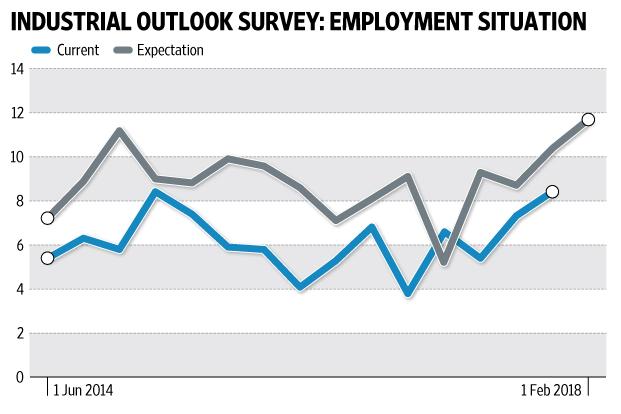Blogging after a long time... but could not resist how infectious the Mahashivratri event this time (March 2019) was.
The local people thoroughly enjoyed the Mahashivaratri this time. It was very well organized and was witnessed by literally lakhs of people.
If you were not live on the ground or at least online, you have definitely missed something mind-blowing this time. Here is the AdiYogi's Divya Darshan for such people.
The Annadanam food was fantastic and so was the entire event organization. How smoothly it was all done is simply astonishing! Suffice to say, it was just a blissful experience for me and my family :)
Those who have missed it this time, you just need to wait for the next Mahashivratri at Isha!
The local people thoroughly enjoyed the Mahashivaratri this time. It was very well organized and was witnessed by literally lakhs of people.
If you were not live on the ground or at least online, you have definitely missed something mind-blowing this time. Here is the AdiYogi's Divya Darshan for such people.
The Annadanam food was fantastic and so was the entire event organization. How smoothly it was all done is simply astonishing! Suffice to say, it was just a blissful experience for me and my family :)
Those who have missed it this time, you just need to wait for the next Mahashivratri at Isha!





















